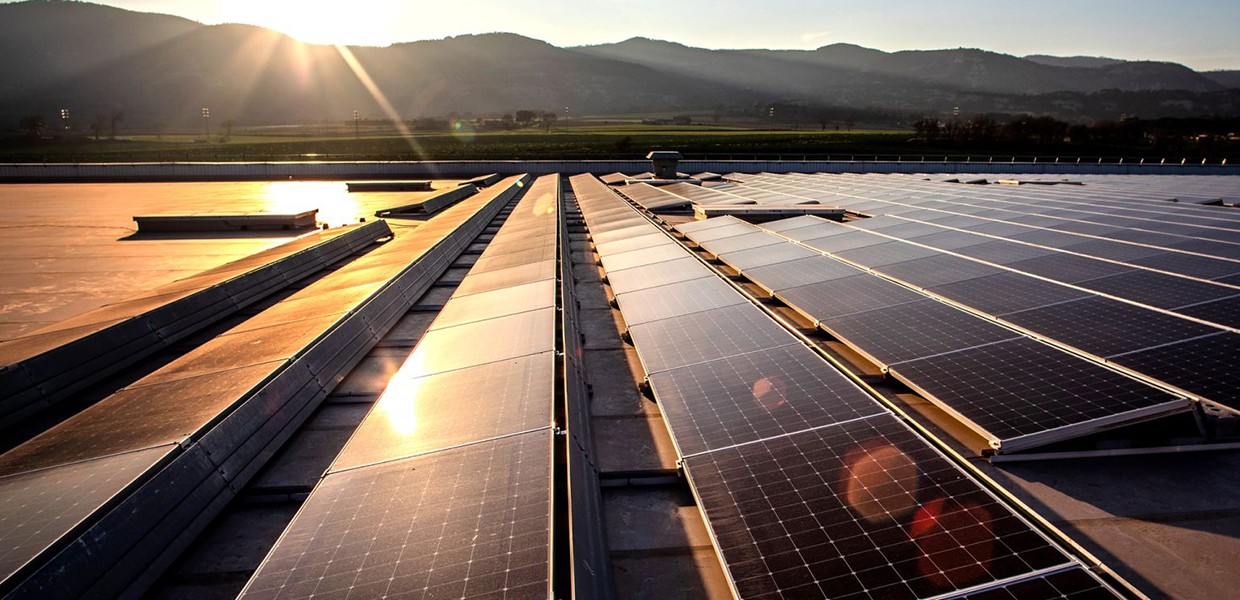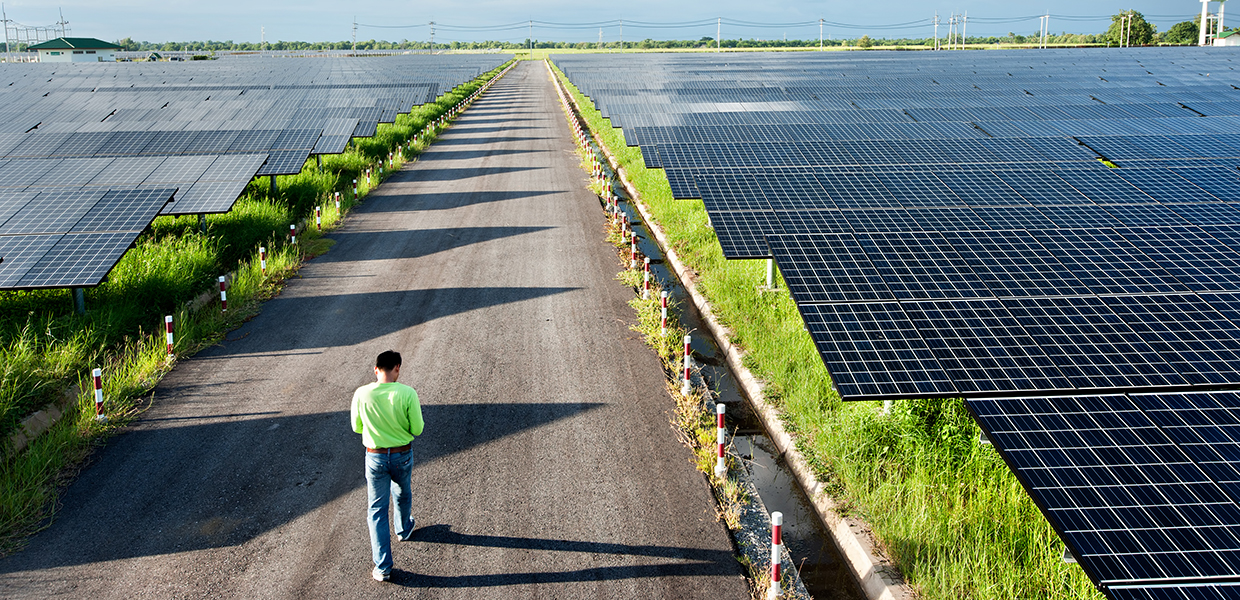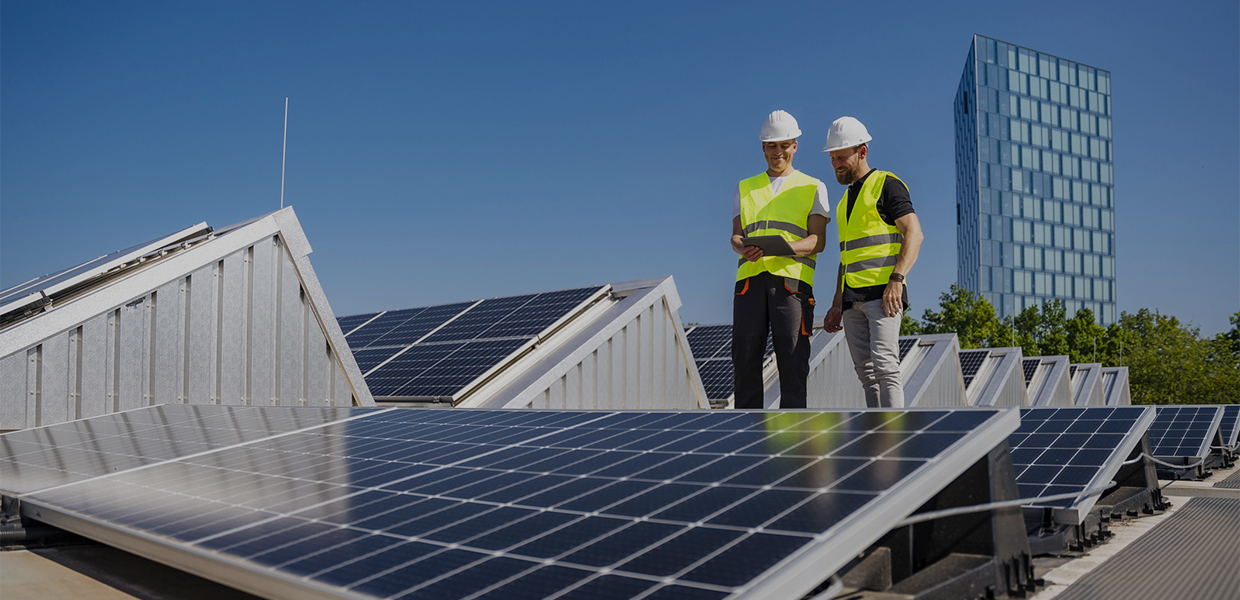Highlights
- Europe’s energy transition is advancing rapidly, but infrastructure rollout remains uneven across markets.
- Battery Energy Storage Systems (BESS) and commercial Electric Vehicle (EV) charging are maturing the fastest, with strong uptake in logistics, fleet depots, and utility-scale projects.
- Grid capacity, permitting delays, and fragmented regulation are the biggest barriers to speed.
- Buyers prioritize fast deployment, modularity, and ROI certainty over hardware specifications.
- Hybrid infrastructure models—combining BESS, renewables, and dynamic charging—are becoming the standard for scalability and resilience.
Europe at a Turning Point
Across Europe, the energy transition is no longer a theoretical exercise. It is happening in warehouses, at fleet depots, in logistics parks, and at utility-scale sites where storage and charging infrastructure are being deployed at record speed. Yet, while momentum is strong, the picture is uneven: national regulations, local grid bottlenecks, and fragmented permitting laws create a patchwork of progress.
In 2024 alone, Europe added 22 GWh of new battery storage, bringing total installed capacity to 61 GWh—one third of which was deployed in just that year (Source: SolarPower Europe, European Market Outlook for Battery Storage 2025–2029). Germany, Italy, the United Kingdom, Austria, and Sweden were responsible for 78% of Europe’s newly installed battery storage capacity, totaling 21.9 GWh. Germany continued to lead the market, even as growth in residential installations slowed. The UK remained a major contributor despite temporary delays in project execution. Italy saw a decline in both residential and utility-scale solar installations, but a recovery is anticipated by 2027. Meanwhile, Austria and Sweden reached the GWh scale for the first time, driven by rapid expansion in both residential and commercial battery storage sectors.
At the same time, public fast-charging capacity expanded by 49%, led by Germany, France, and the UK, with the Netherlands taking the lead in charging density (source: gridX Charging Report 2025). These figures highlight both the pace of deployment and the scale of the challenge; how to ensure Europe’s decentralized grids can absorb this growth.
Commercial and industrial sectors lead adoption, driven by the need to electrify fleets, integrate renewables, and reduce exposure to volatile energy costs. For OEMs, system integrators, and commercial operators, the opportunity lies in enabling scalable infrastructure that is both grid-aware and future-ready.
Where Europe Stands in 2025: EV charging and Battery Storage
Europe’s battery storage and EV charging markets are maturing at a rapid pace, though growth rates vary.
Fleet depots and logistics hubs are currently Europe’s fastest movers. Driven by the EU’s Alternative Fuels Infrastructure Regulation (AFIR) and corporate fleet commitments, they are installing high-capacity Direct Current (DC) EV charging at scale. But connecting those chargers to the grid is often not straightforward. Limited capacity, costly upgrades, and permitting delays mean many operators turn to on-site Battery Energy Storage Systems (BESS) to balance demand and reduce peak loads. The authorization process can also be a significant hurdle in some countries. For example, in Italy, large-scale BESS investments require a special authorization issued by regional authorities. This process can be lengthy, often delaying the transition from the project phase to the construction, and potentially impacting the feasibility and timing of the investments.
The adoption of dynamic load management, Vehicle-to-Grid (V2G), and modular charging hubs is helping overcome barriers (source: IDTechEx. Charging Infrastructure for Electric Vehicles and Fleets 2025–2035: Markets, Technologies, and Forecasts) . Retail chains and utilities are also entering the market, bringing new business models such as charging-as-a-service and integrated energy-retail offerings. Still, economics remain tight, with long timelines (24+ months for large depots) and interoperability issues slowing down progress.
Battery storage is emerging as the quiet enabler of Europe’s energy transition. While utility-scale BESS now accounts for 40% of the market, the most strategic growth is happening behind the meter, where businesses use storage to:
- Maximize self-consumption of on-site solar PV.
- Shave peaks and shift loads, avoiding often costly demand charges.
- Replace diesel backup with cleaner alternatives.
- Support fleet charging at logistics and industrial sites.
These commercial and industrial applications are especially attractive in markets with high day-ahead price spreads. According to RaboResearch, the greater the share of renewables in the mix, the larger the arbitrage opportunity. Companies are also turning to capacity and balancing markets, though profitability can fluctuate as markets saturate.
On the financing side, floor and tolling structures, green bonds, and hybrid Power Purchase Agreements (PPAs) are gaining ground, providing revenue stability while still capturing upside potential (Timera Energy). This shift mirrors a growing recognition: storage is no longer an optional add-on, but a core investment for energy transition.
What Buyers Value Now
For commercial buyers—whether logistics operators electrifying fleets or property developers upgrading warehouses—priorities are shifting. Cost remains important, but based on our experience with commercial buyers, speed, flexibility, and reliability are becoming increasingly top -of-mind.
- Speed of deployment: grid delays can stall projects for years; buyers expect OEMs and integrators to deliver quickly.
- Flexibility: modular chargers and BESS that can scale with demand.
- Reliability: performance guarantees and integration with renewables into future-proof investments.
- Eligibility: solutions that qualify for European or national incentives.
OEMs and integrators that succeed are those who provide full-service solutions—bundling hardware with financing, permitting support, and digital monitoring. Partnerships between OEMs and AI-based optimizers are also unlocking new revenue streams from wholesale, and balancing markets.
Outlook to 2026: Regulation Meets Reality
In February 2025, the European Commission launched the Clean Industrial Deal (CID), setting a target to electrify 35% of final energy use by 2030—up from 23% in 2023 (source: Deloitte UK). Meeting this goal will require rapid deployment of electrified heating, industrial processes, EV fleets, and distributed storage.
For buyers, the path forward is clear:
- Start with feasibility studies on grid capacity and site constraints.
- Engage local utilities early to avoid bottlenecks.
- Design modular, phased projects that can expand with demand.
- Leverage financing tools, from green bonds to ESG-linked loans, to spread capital risk.
Europe’s electrification and energy transition is complex, fragmented, and at times constrained, but it is also creating new opportunities for those who can adapt.
Success will come from building more flexible, modular infrastructure that balances resilience with revenue potential. The future belongs to those who combine hybrid systems, smart digital tools, and strong partnerships.
Ready to scale your Energy Transition?
Discover DLL’s flexible financing solutions and contact us today.


